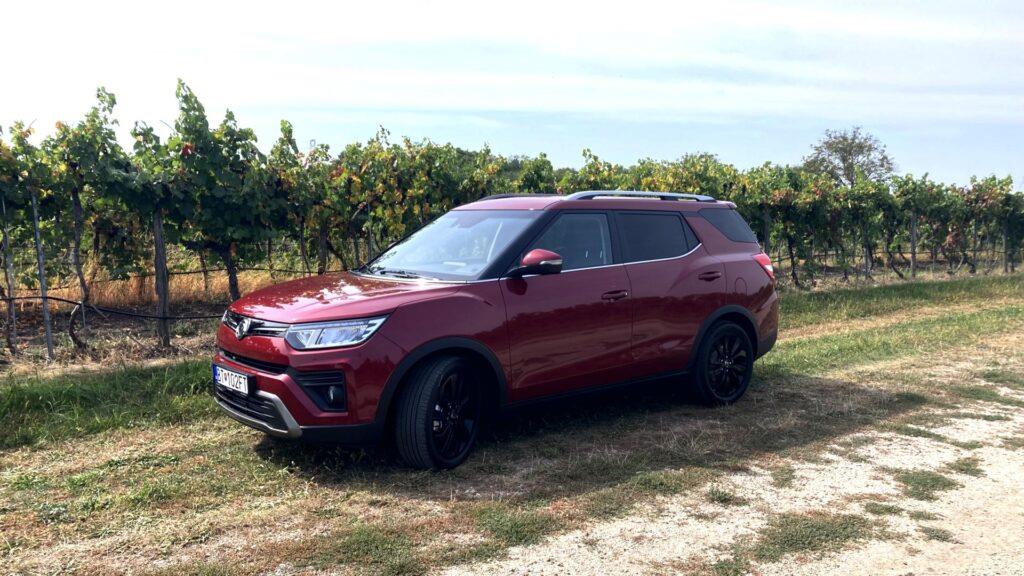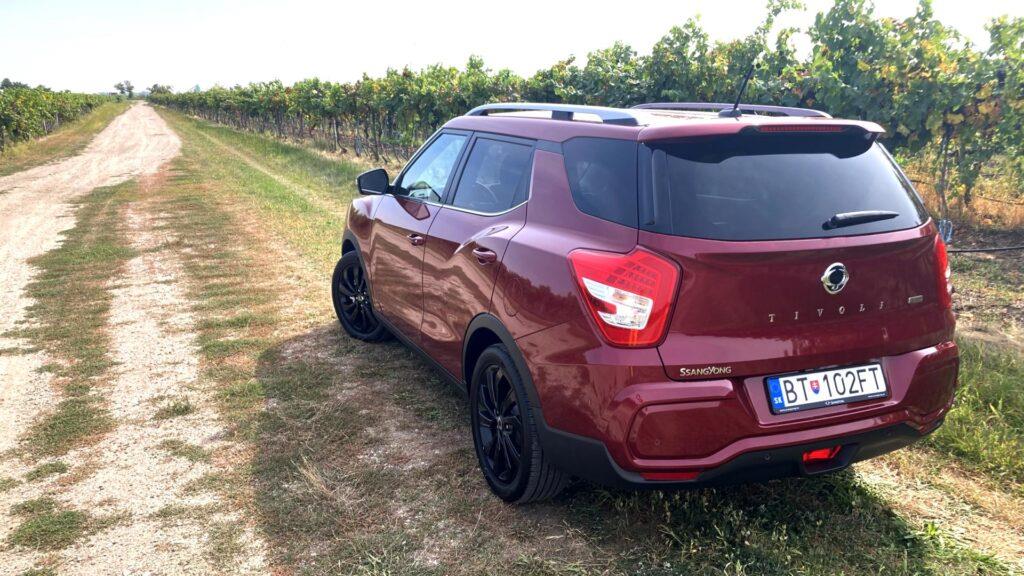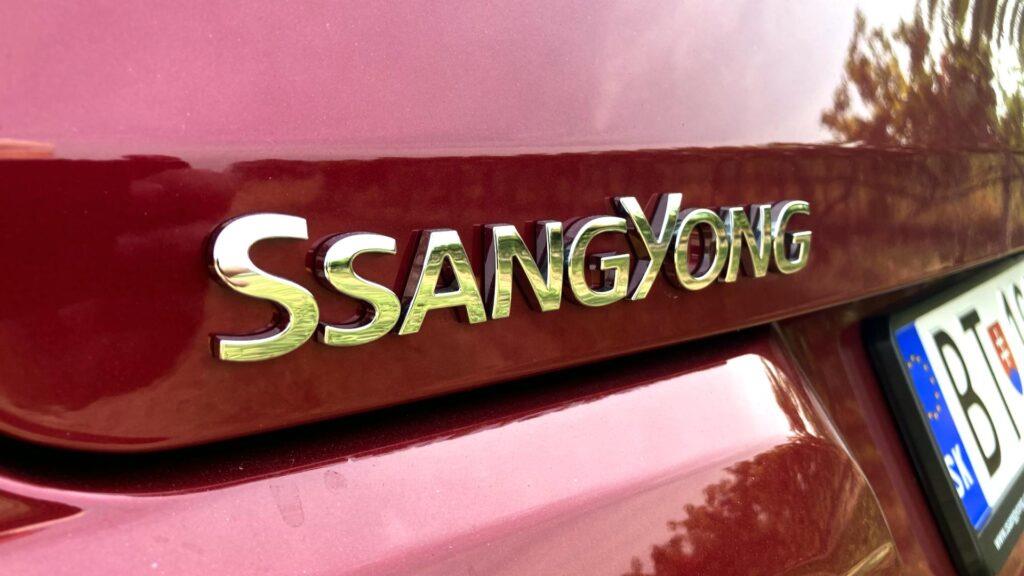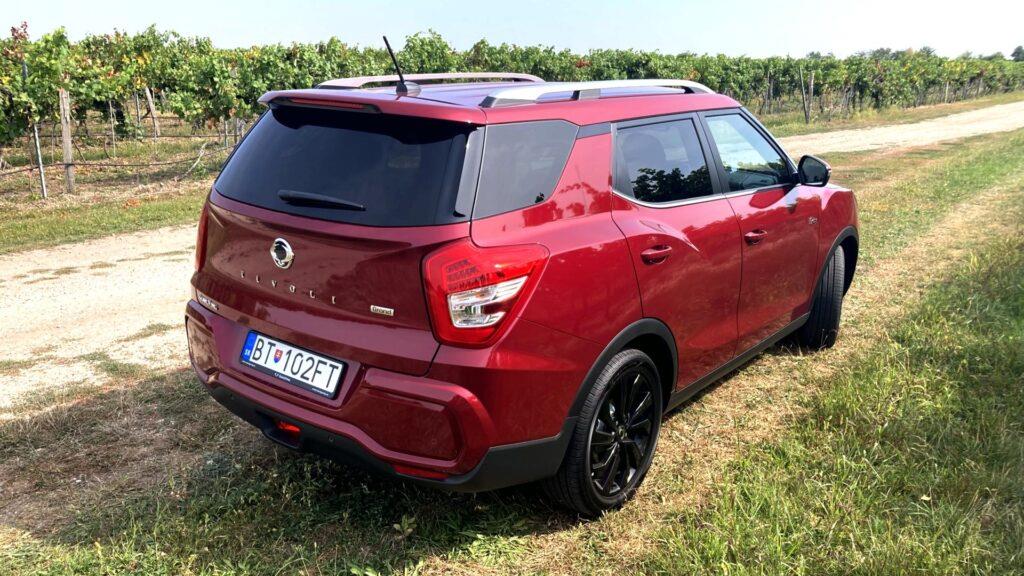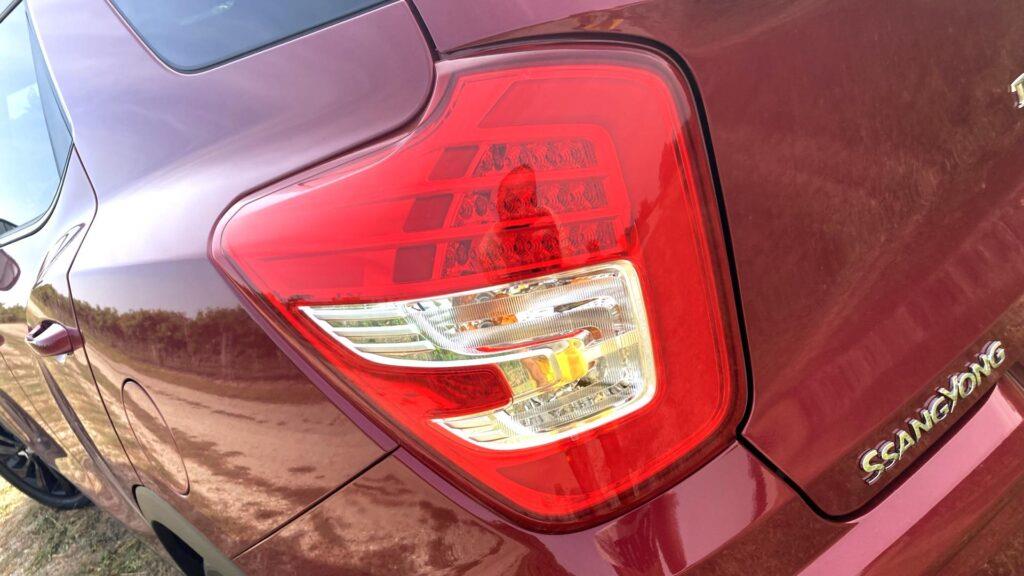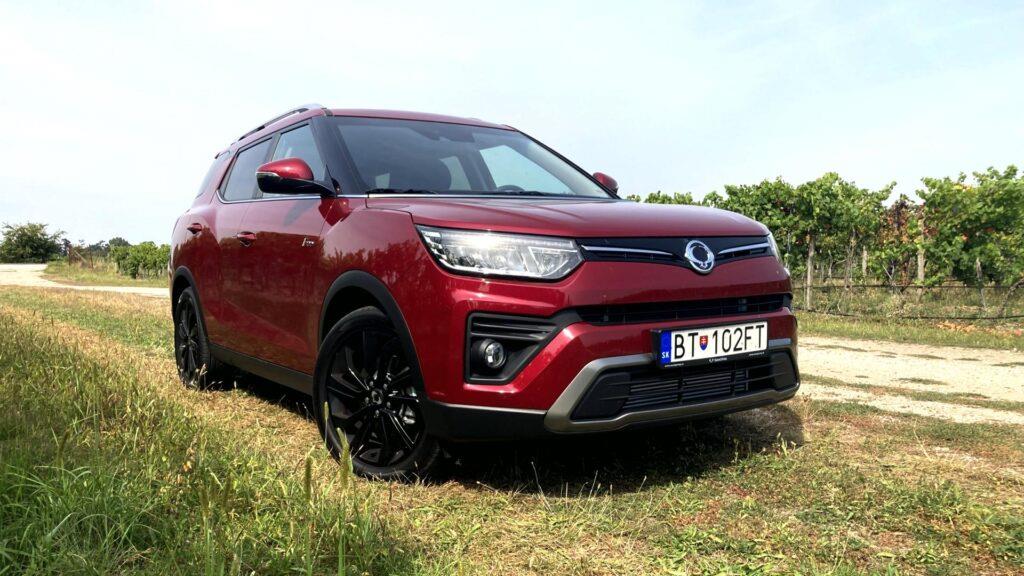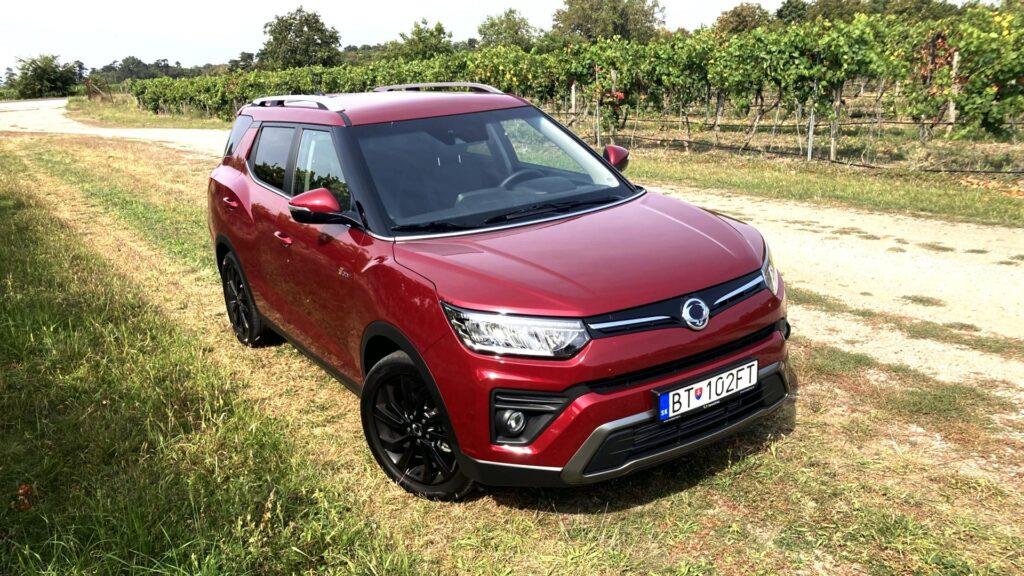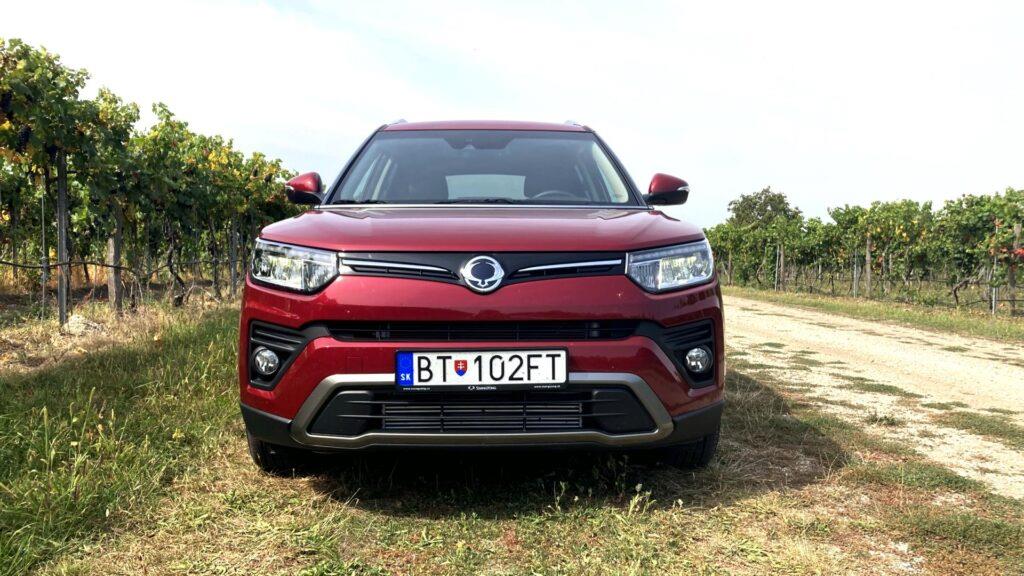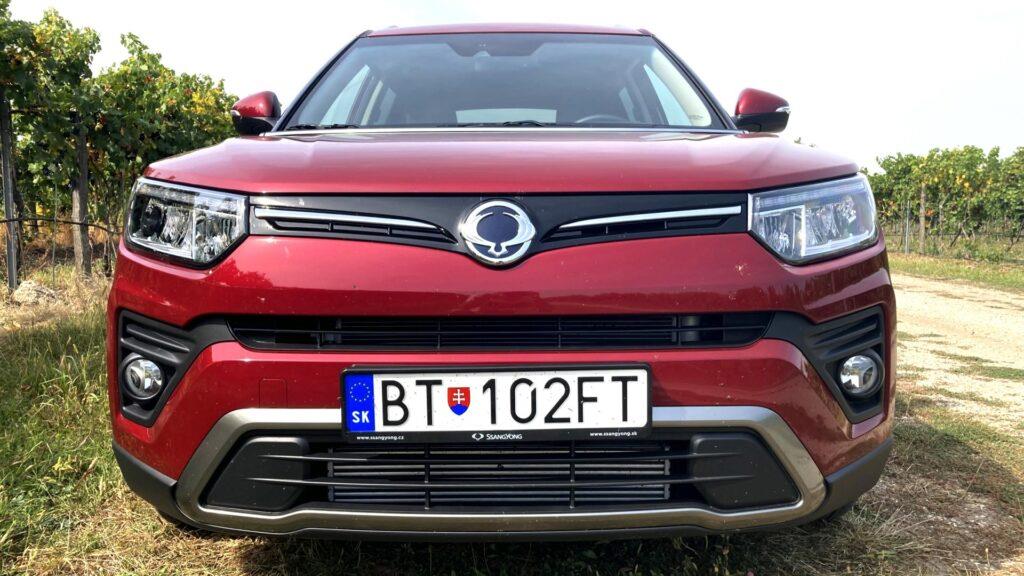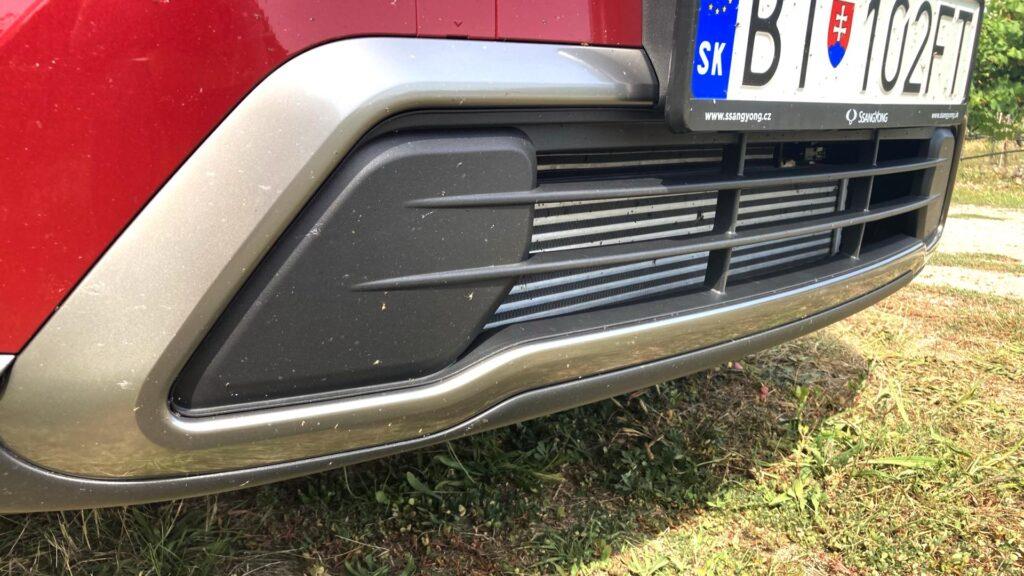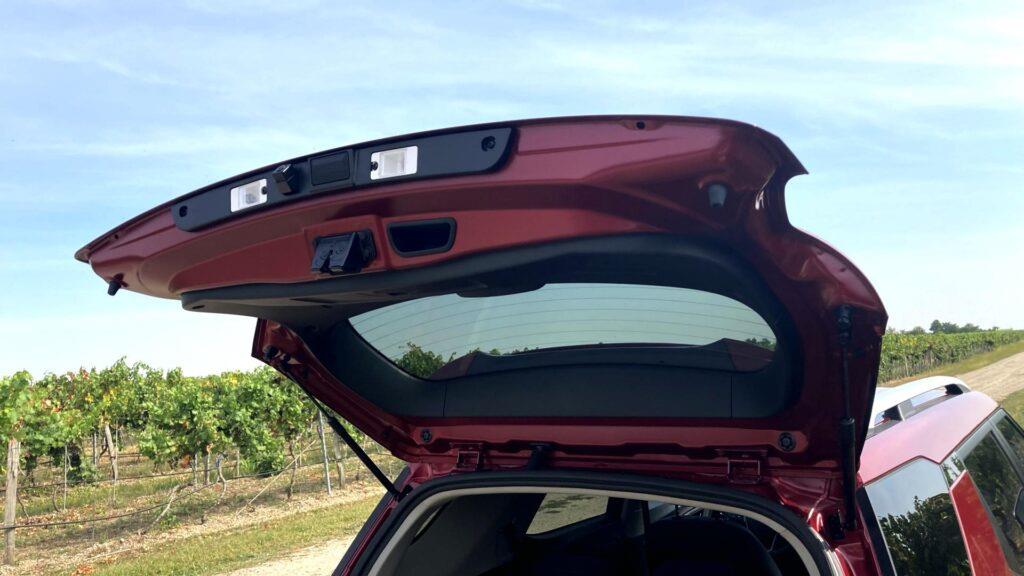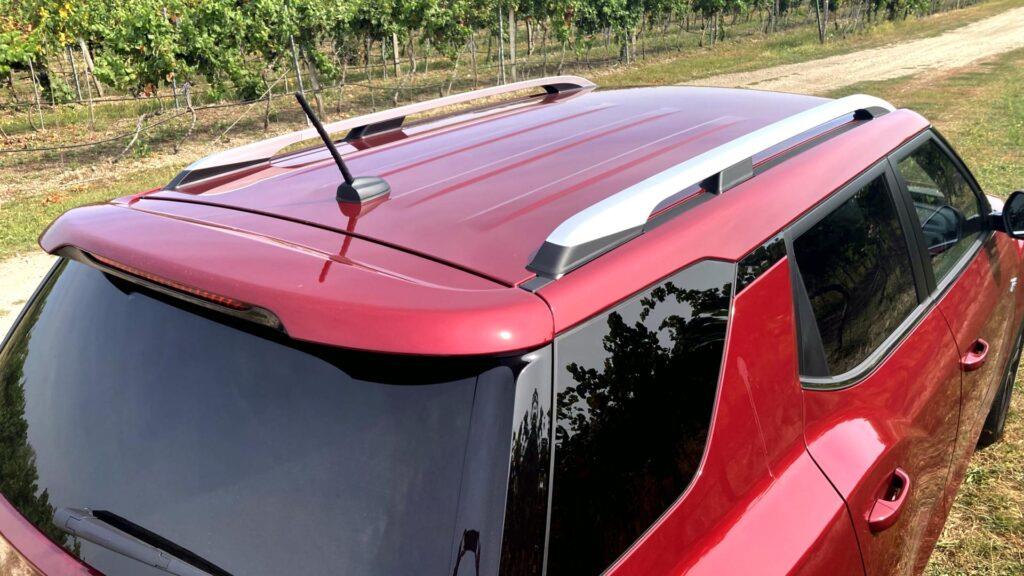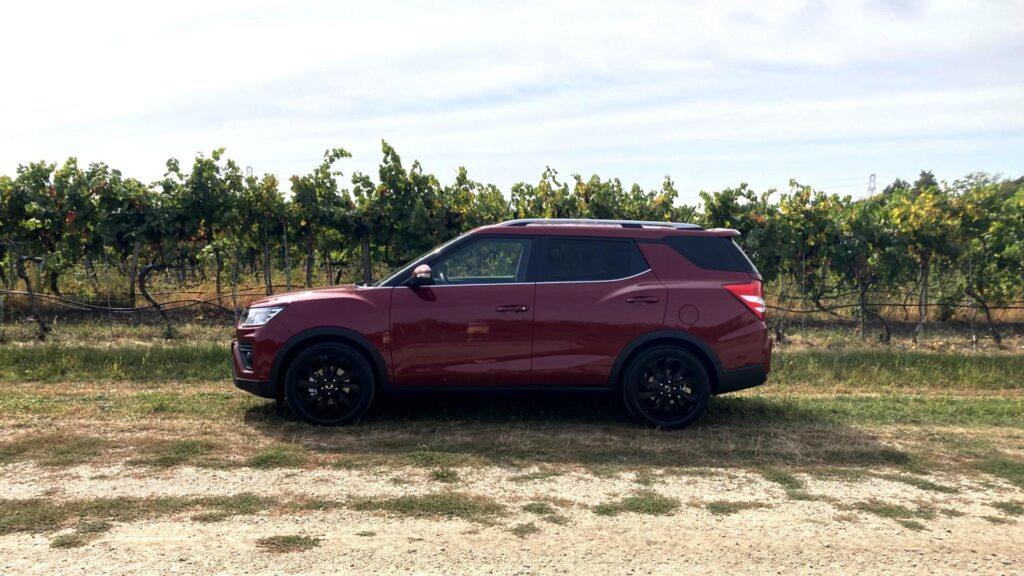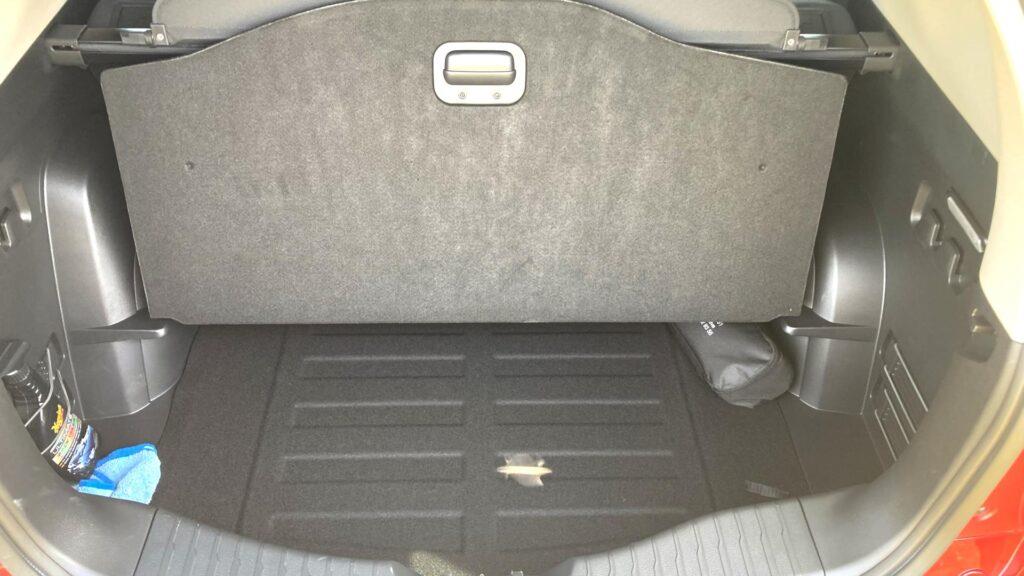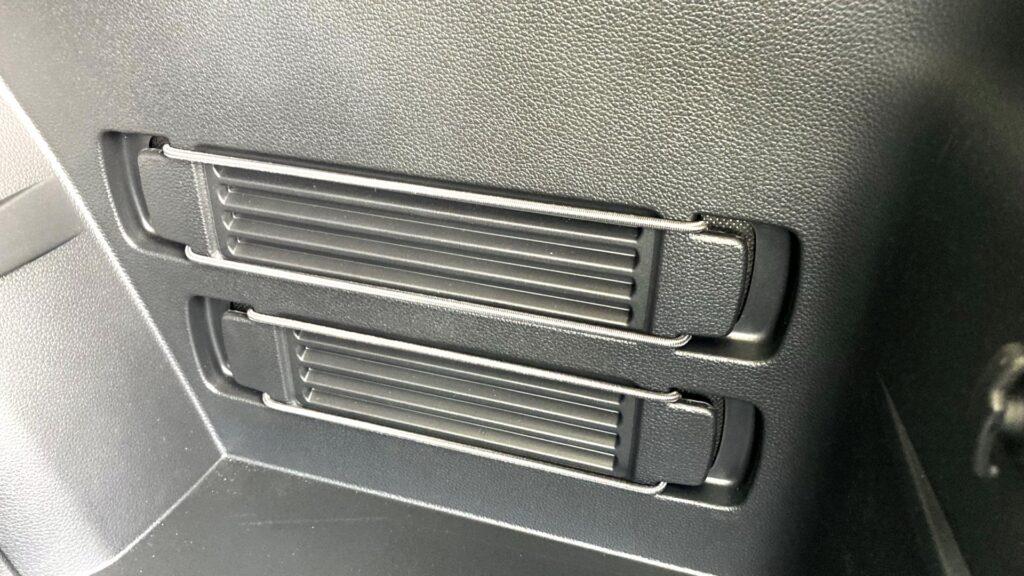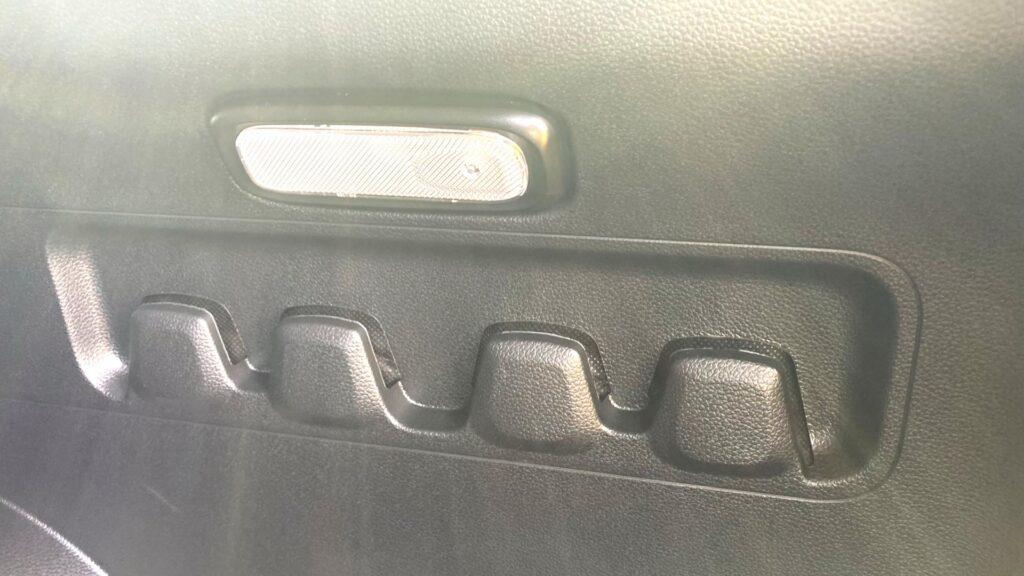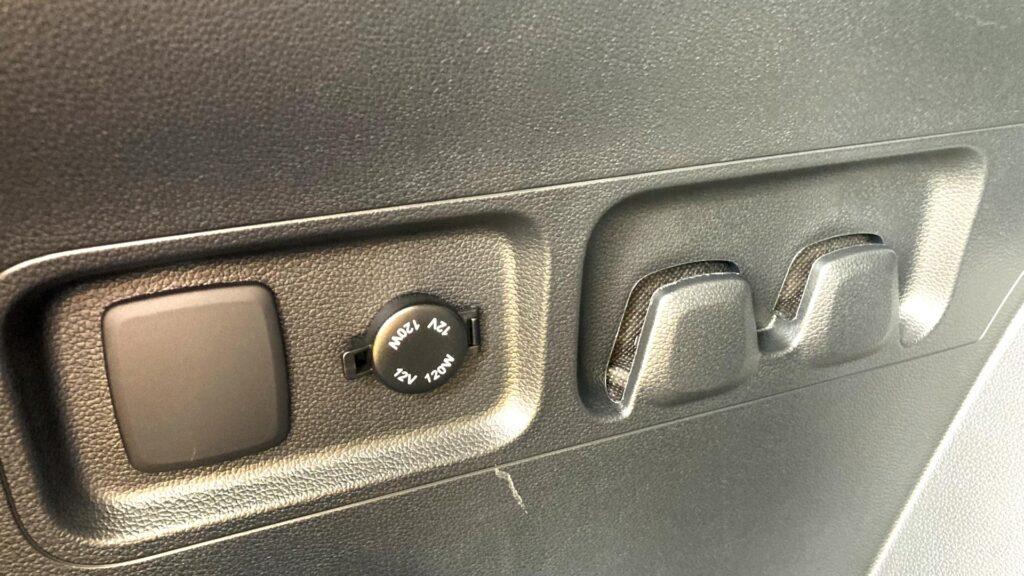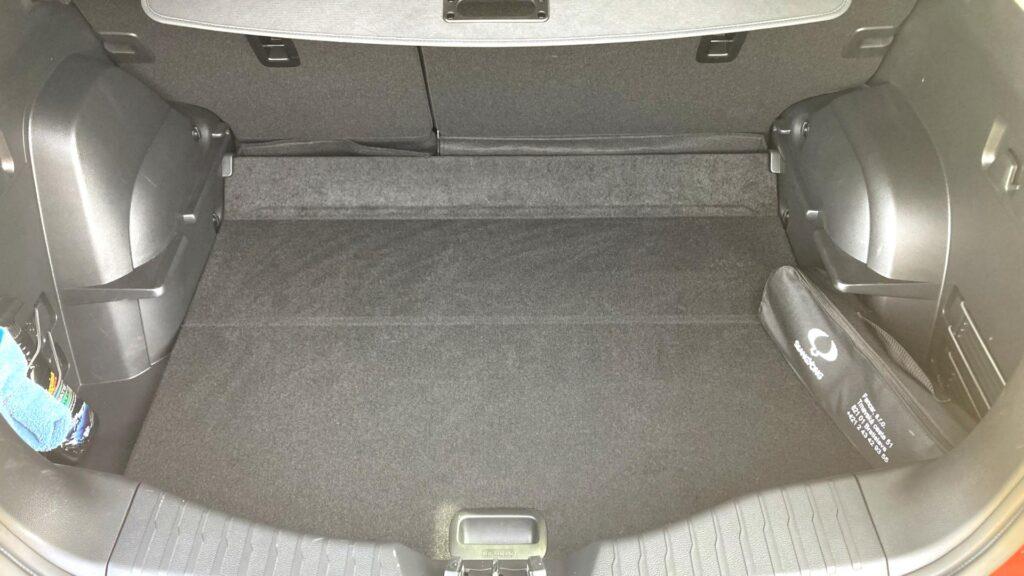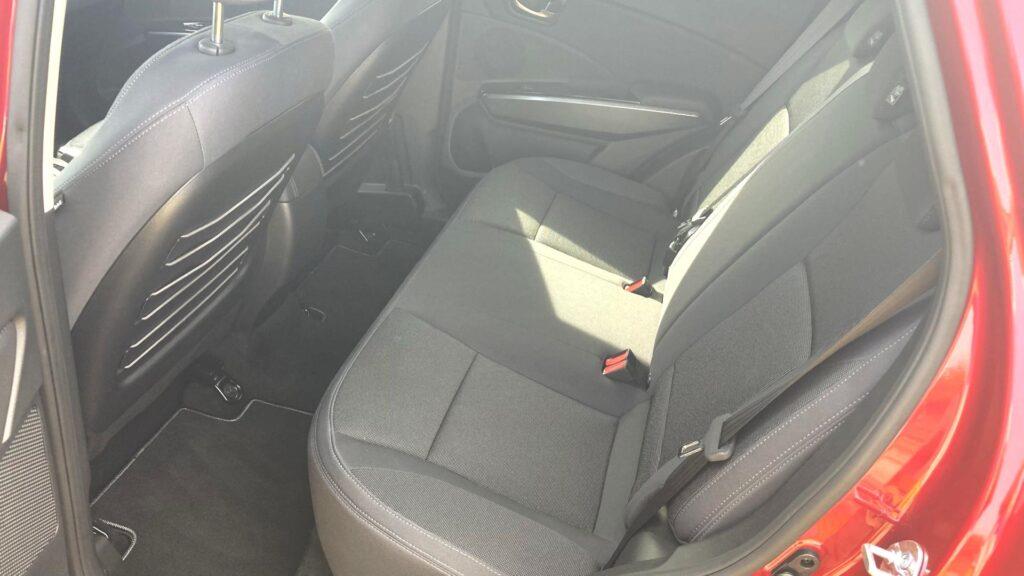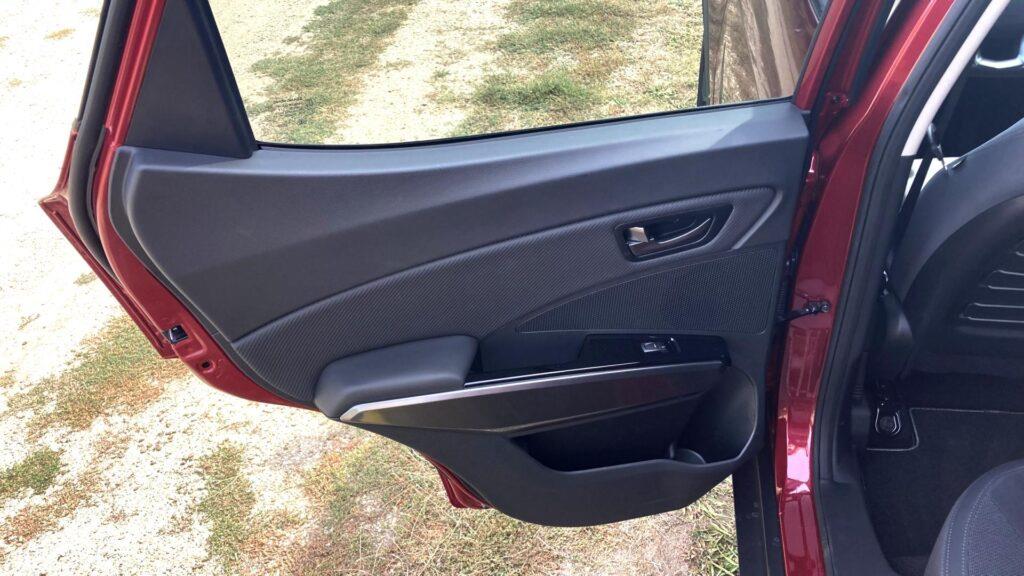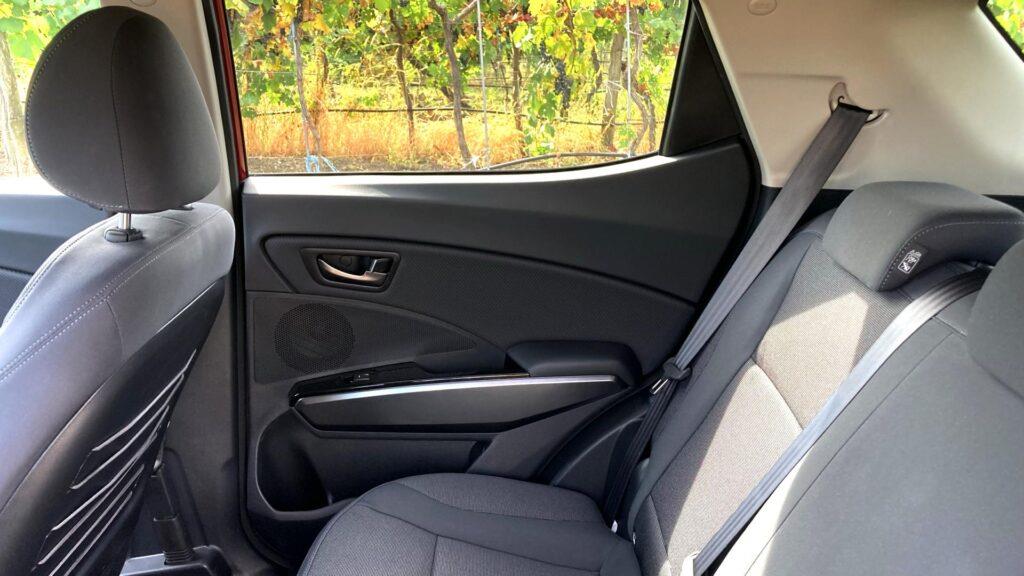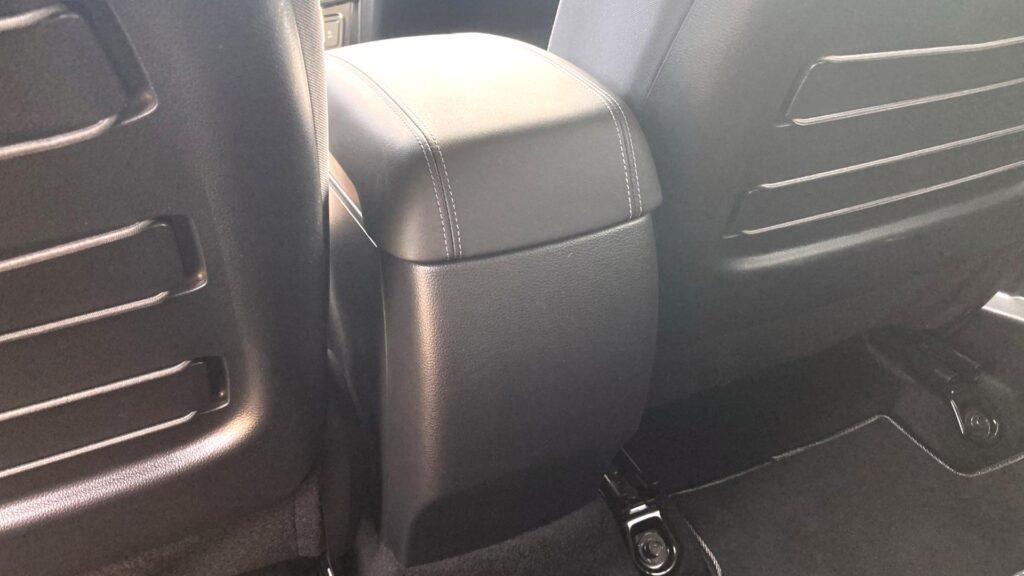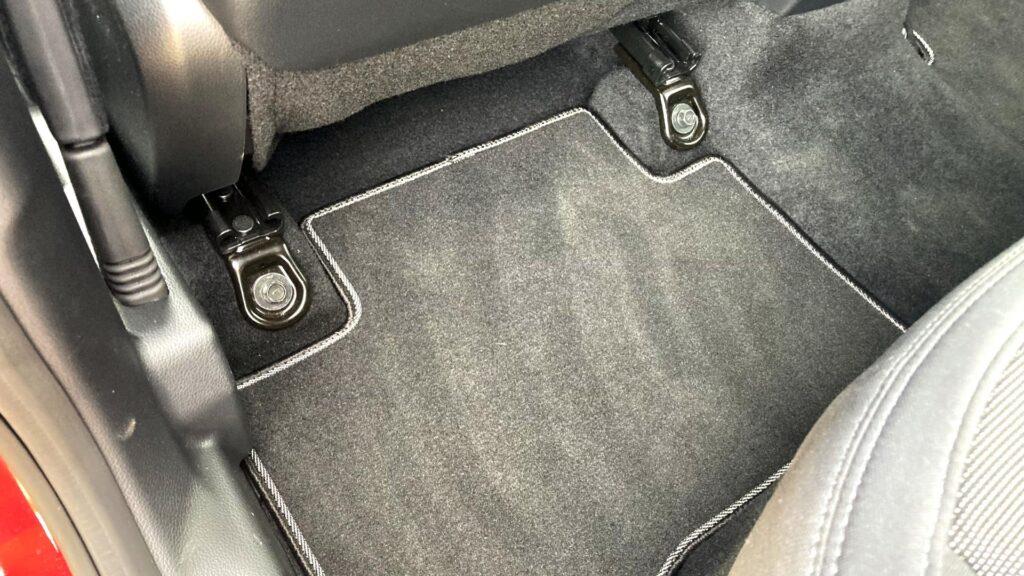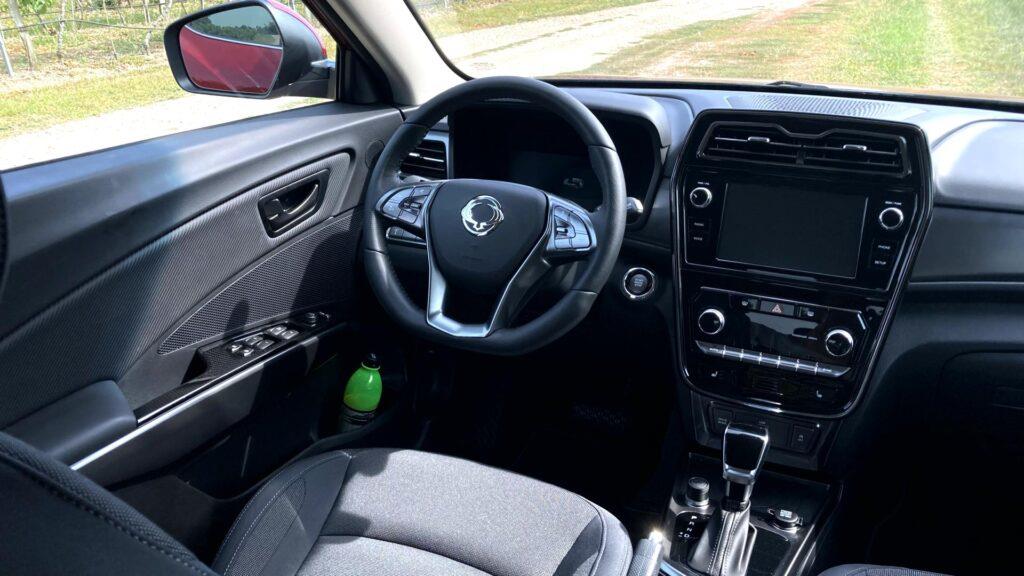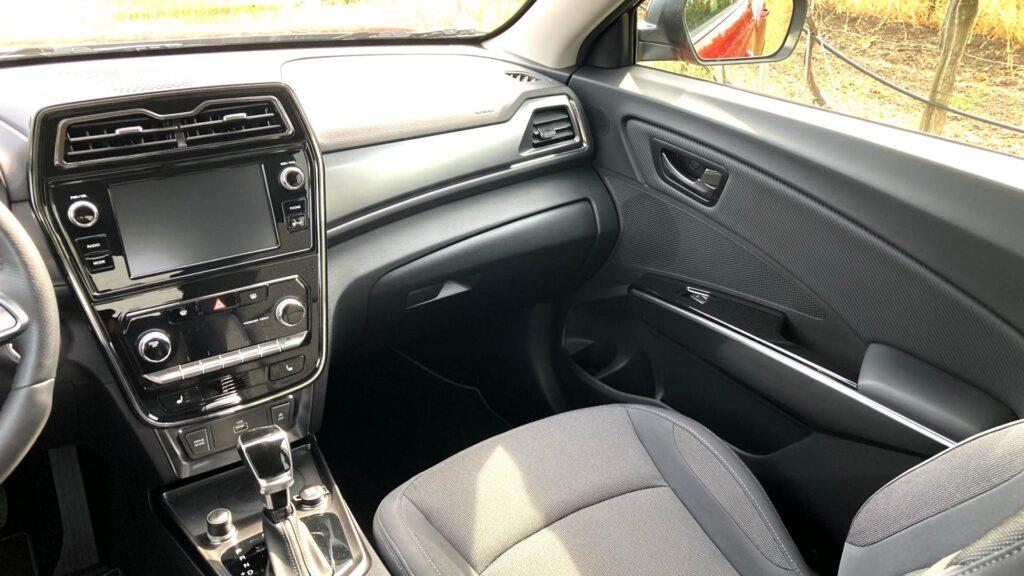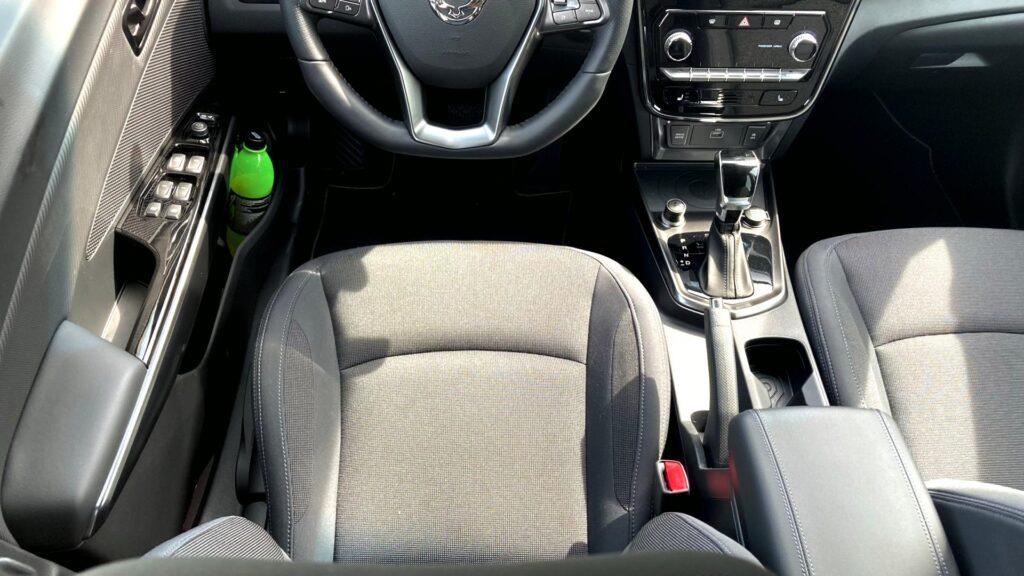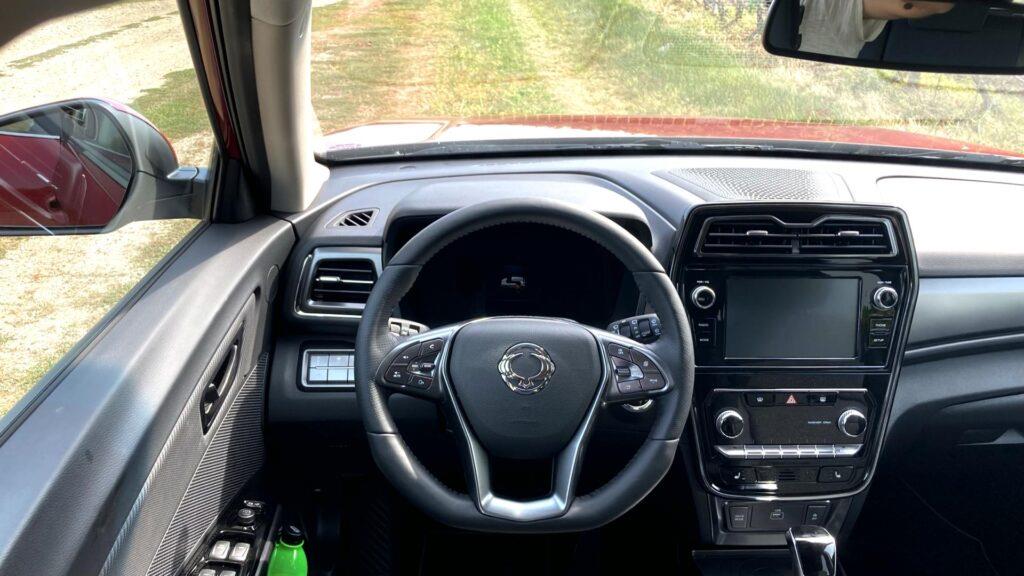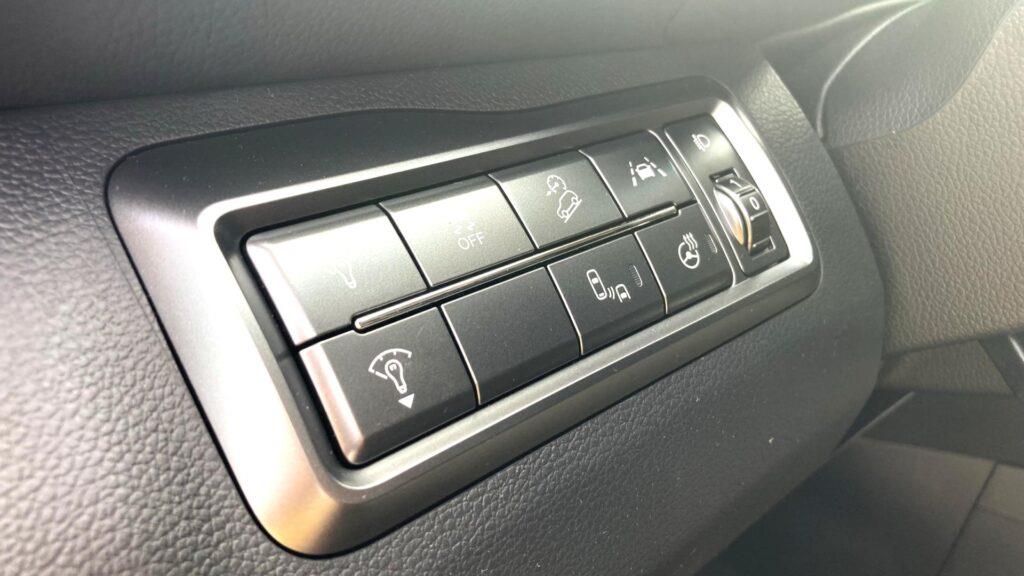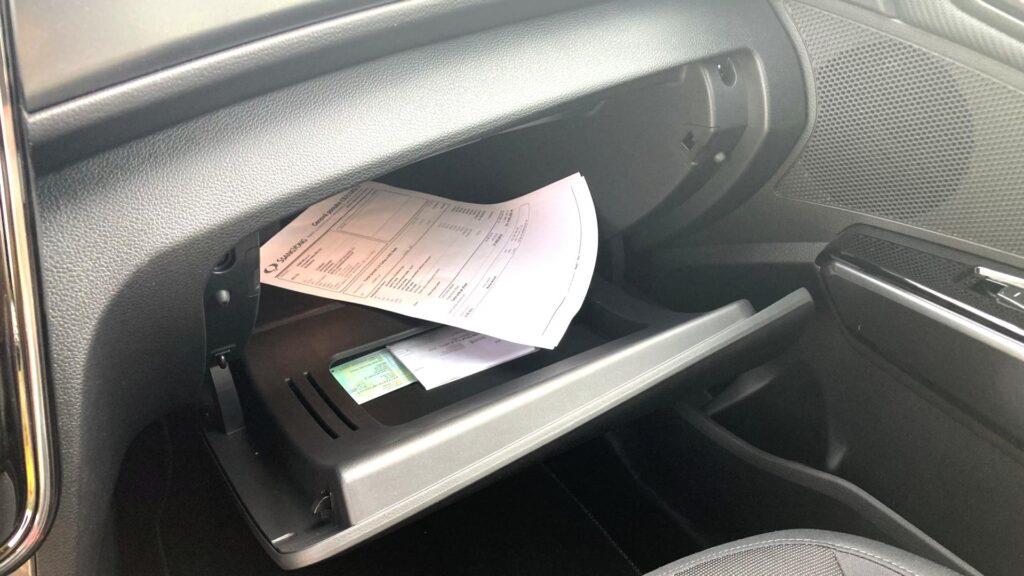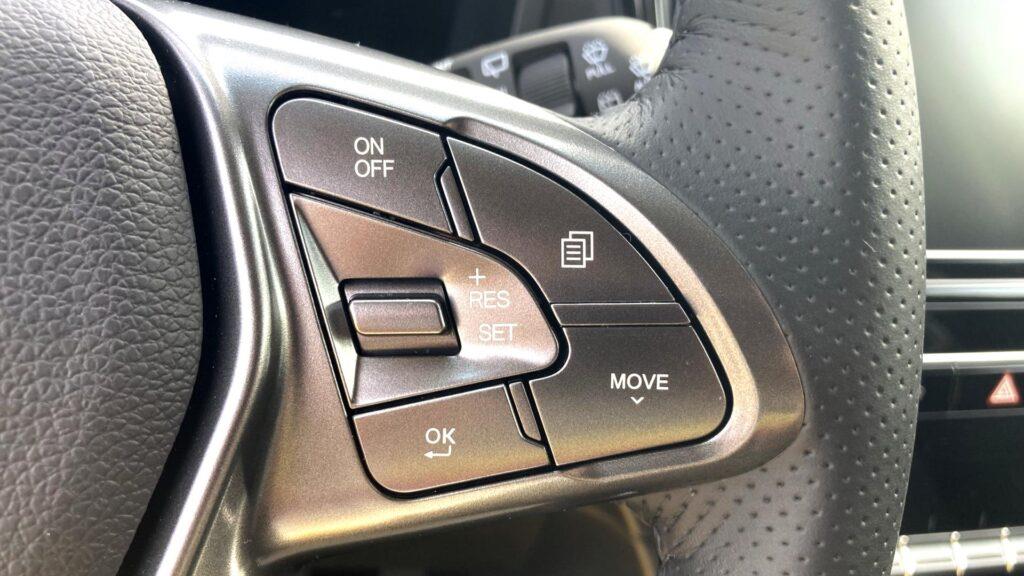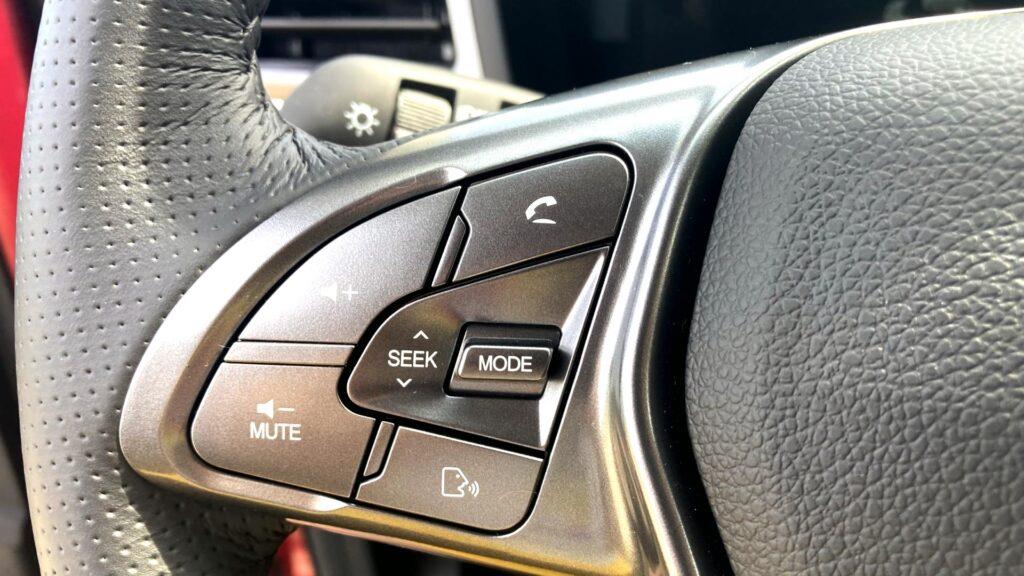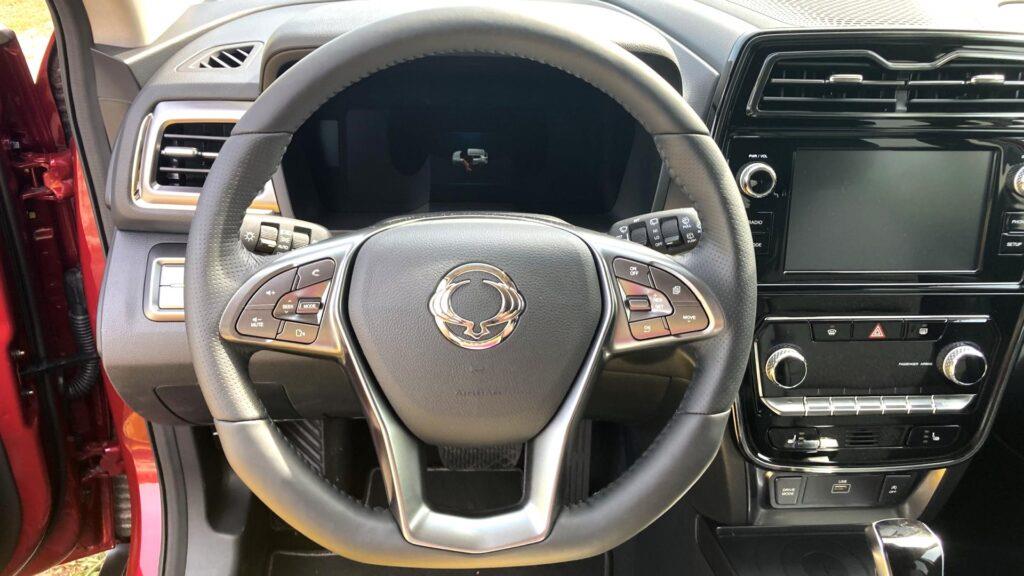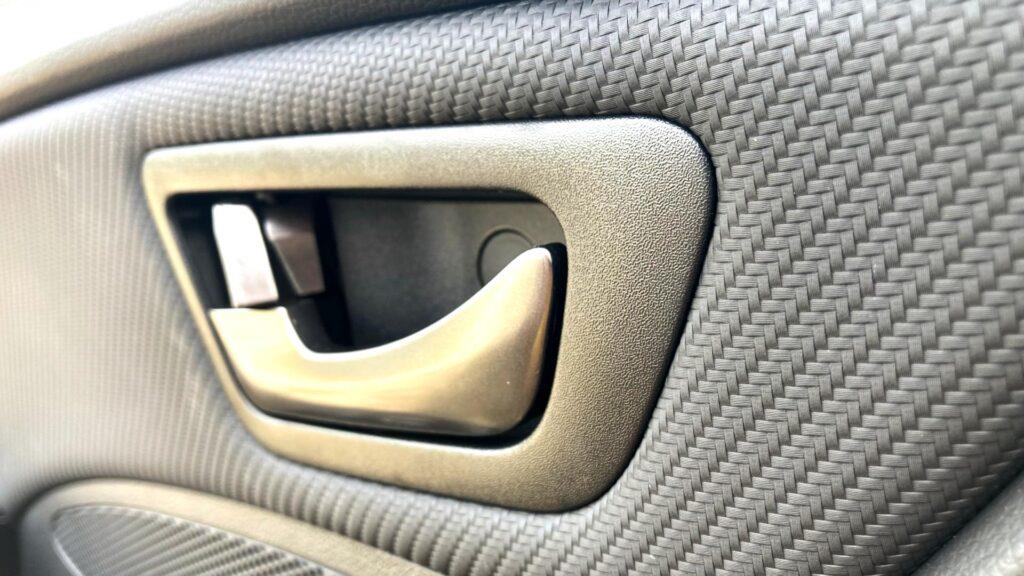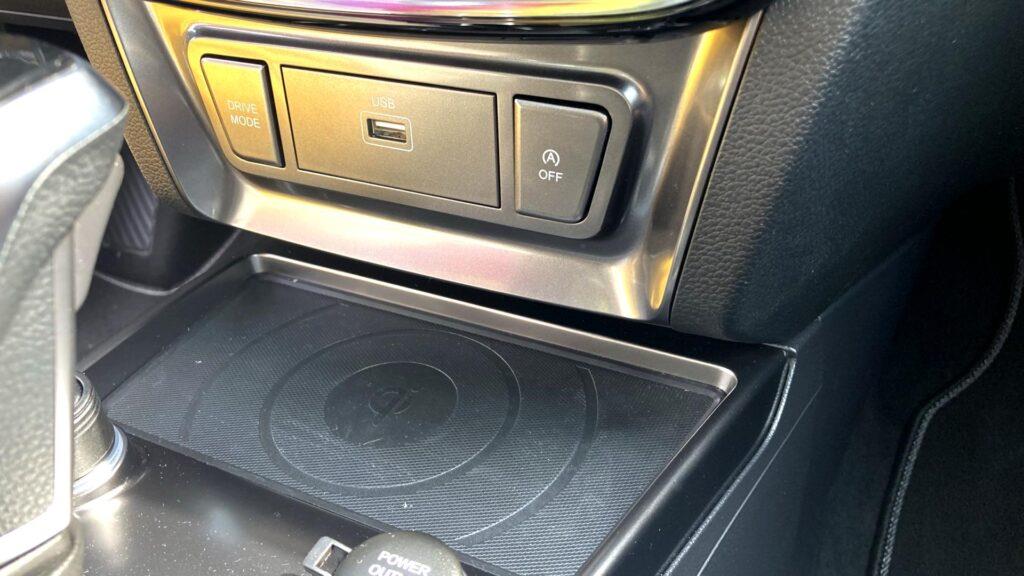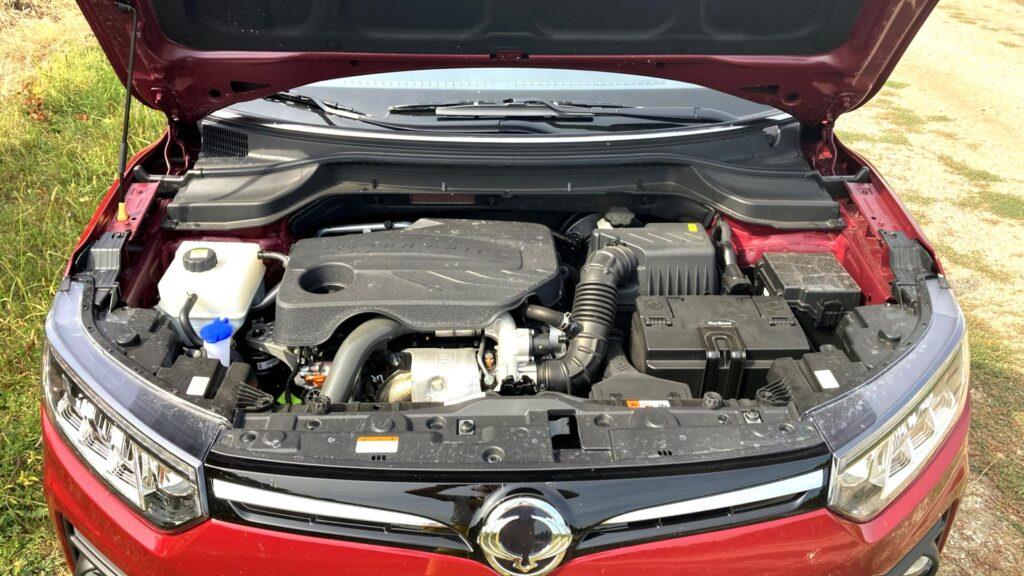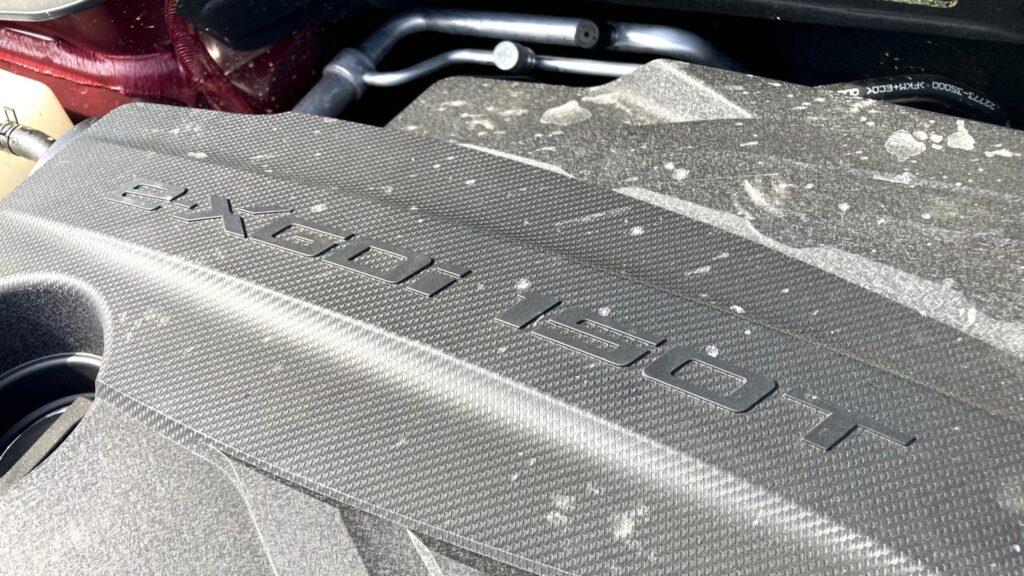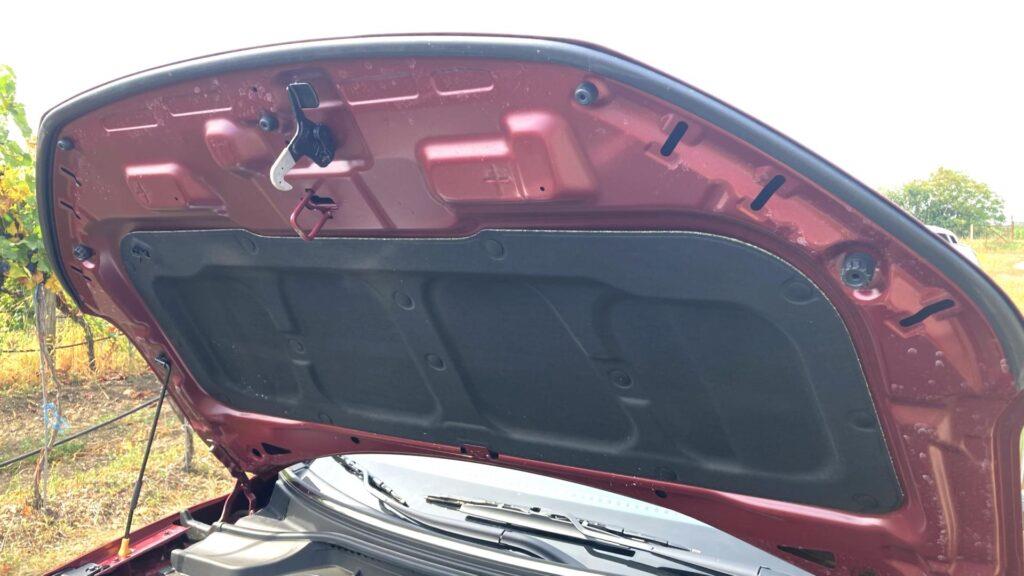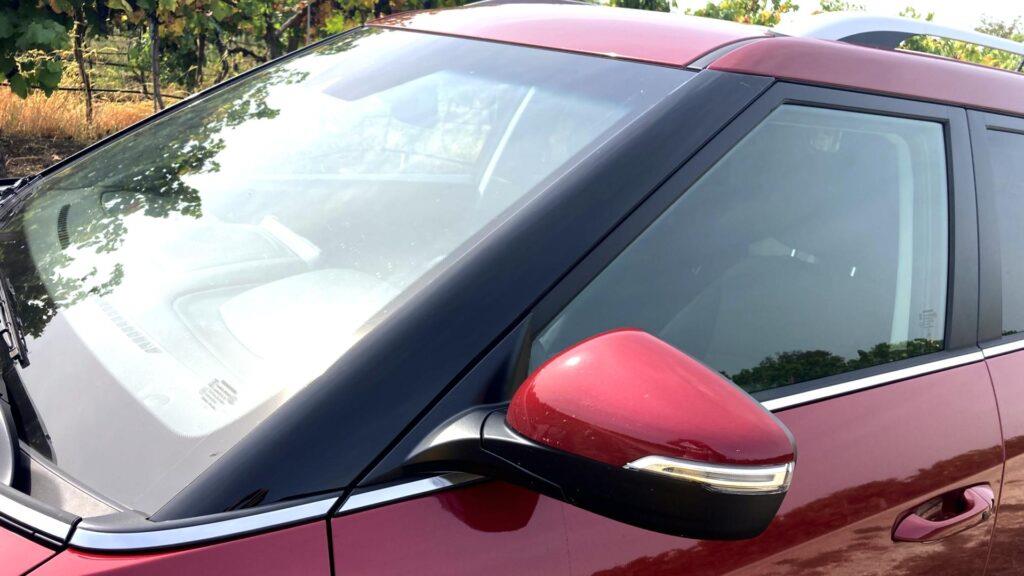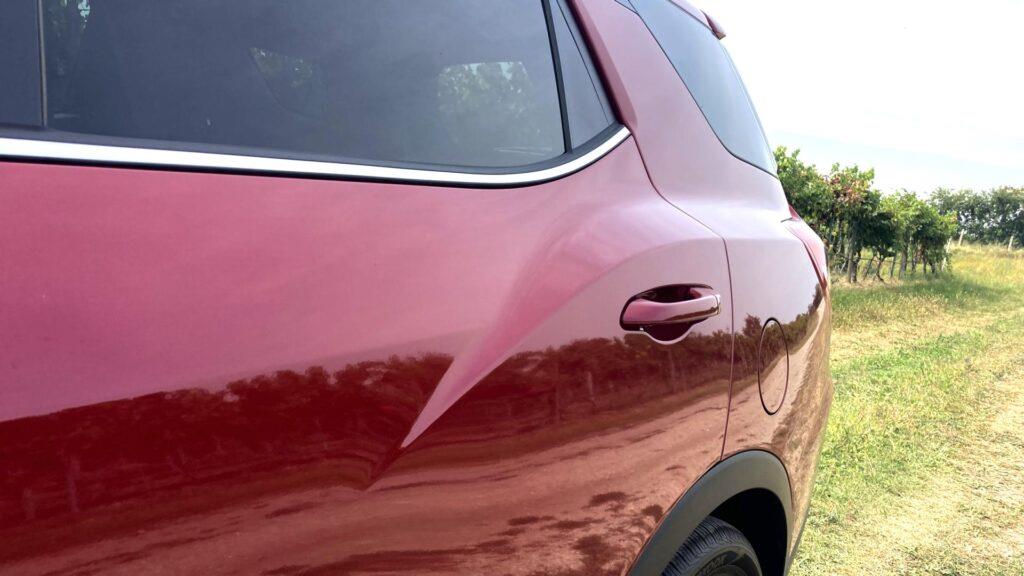It has been possible to get a new family SUV from SsangYong on the Slovak market for some time now. This is the Tivoli Grand model, which was previously known as XLV. It attracts its customers with a low price and a spacious interior with a truly royal luggage space. In terms of size, the new addition to the Korean family ranks somewhere between the Tivoli and Korando models.
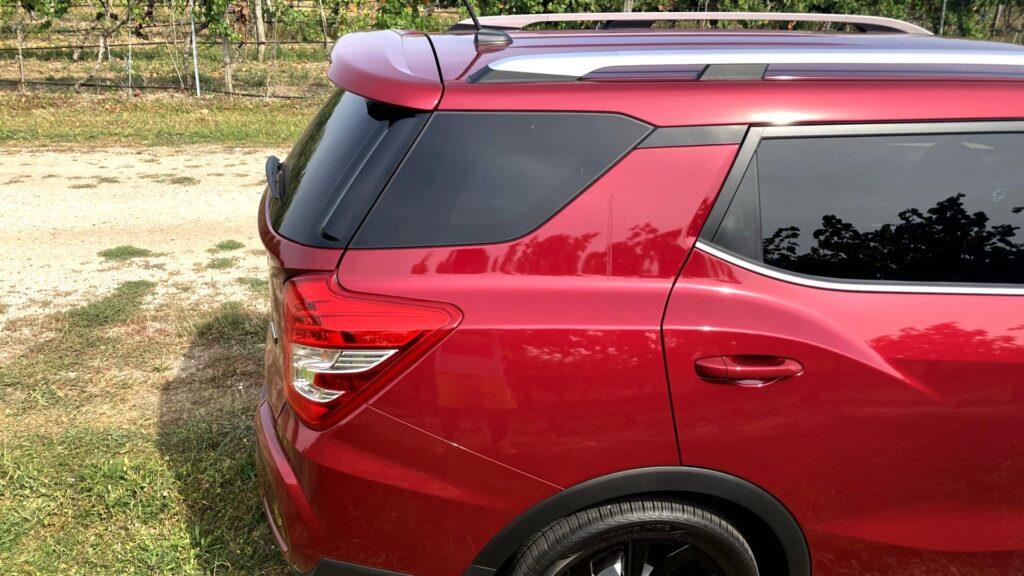
The Korean SsangYong has quite established itself in our market and it is quite common to meet one of its models on the roads practically every day. But how often will we see his new crossover with an "extended ass", a gasoline engine and only front-wheel drive, and what else does it actually bring?!

So let's start with the space. The Tivoli Grand is an extended version of the base model and looks literally like a Tivoli with a backpack. The Grand version measures 4480 mm in length, which is 25 centimeters longer. The width of 1810 mm is the same for both models, and the height differs only minimally – the Grand has a height of 1646 mm, or 1660 mm with roof bars.
The wheelbase is 2660 mm and the track widths of the front and rear wheels are identical. Thus, the extension gained the most luggage space, which will offer a volume of 720 liters in the basic layout, which is more than double that of the standard Tivoli. After folding the second row of seats, it offers 1440 liters. Unprecedented in this class…

However, the space in the trunk is very fragmented and valuable liters are gained in height rather than width. The loading edge is high and the flat floor of the double floor leaves room on the sides for two deep pockets to accommodate smaller items that would otherwise fly around your trunk. There is a more variable space, including several anchoring elements for a firm attachment of cargo. It is more than enough to transport basic things. By folding down the second row of seats (which, unfortunately, cannot be done from the trunk space), you also get an almost flat surface.
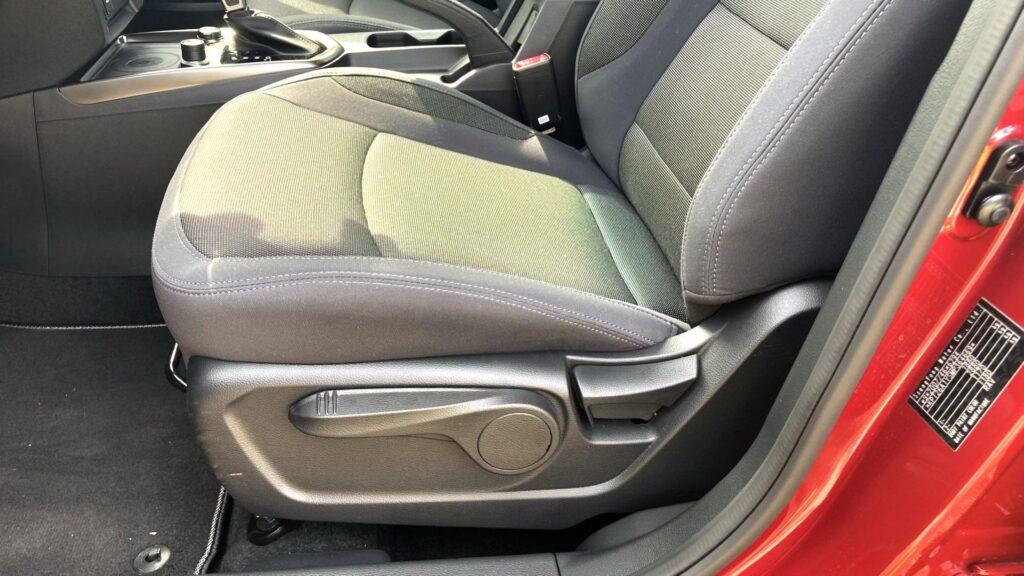
In the interior, we will start from the front. The seats are rather short and the cushions are very hard, so your background will require more frequent breaks on longer journeys. They also have almost zero lateral guidance in the shoulder area. Due to the tuning of the chassis, you get the feeling that the car wants to literally knock you out of the seat in sharper turns.
However, the space on the seats is generous, and this also applies to the back bench. We can also find "cheap" gadgets in the form of rubber bands on the back seats and in the trunk, which will serve to attach objects. I don't know how it will be with their lifespan and stretching over time, but they can certainly be easily replaced with new ones. The impression here is somewhat spoiled by the exposed nuts on the seat anchors. It would need some plastic caps here.

The view from the whole car is also exemplary, and because the rear window is now a quarter of a meter further than in the classic Tivoli, the reversing camera will help you with the view when parking. Although it does not have a high resolution, the image is more than decent and of course it has guide bars for easier reversing.
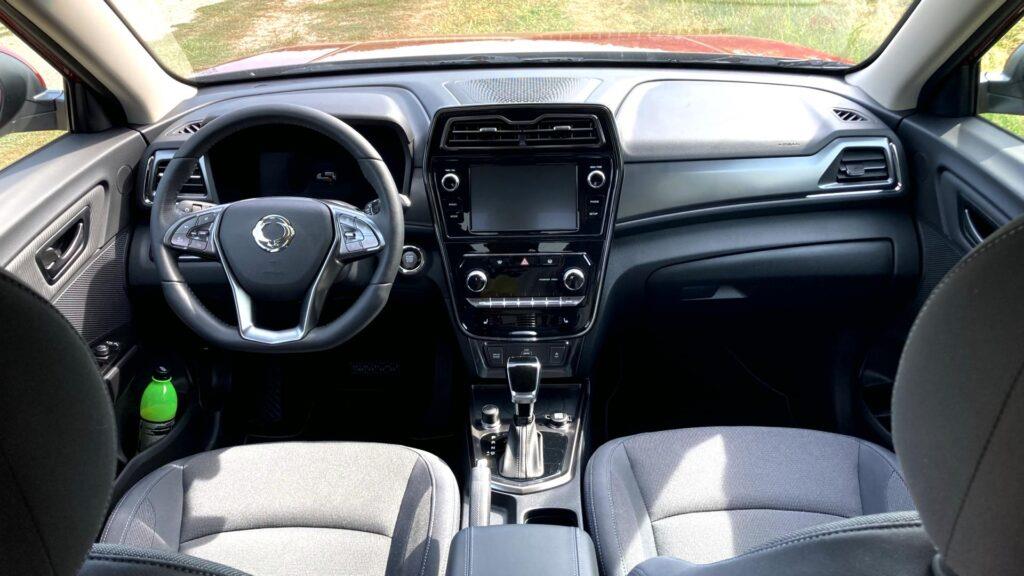
There is a modest amount of softened plastics in the interior, and in general, the car shows a focus on a lower price category. However, the processing is top-notch and nothing creaks here. In addition to the infotainment display, there are large and clear buttons for everything, and after a few days you will learn to operate the car completely intuitively. As part of the selected additional equipment, for which this brand does not pay too much, you can look forward to, for example, dual-zone automatic air conditioning, heated seats and windshield, or wireless phone charging.
The very nice and simple graphics of the infotainment will please. The individual transitions are quick and the digital instrument panel also brings nice graphics. It looks great, has a lot of views and each one is clear. You control the brightness of the dashboard displays with two buttons on the panel to the left of the steering wheel. I definitely praise for that, because there is no need to hunt for anything in the infotainment. Of course, the displays also have an automatic dimming function.
Only the 1.5 T-GDI four-cylinder unit with an output of 120 kW (163 hp) can be chosen to drive the Tivoli Grand model, which can push the 1350 kg car to a paper speed of 175 km/h and certainly even further. There is not much to argue against this engine. It picks up willingly from lower revs, and after the turbo spins properly, overtaking and maintaining higher speeds on the highway is a breeze. The engine is one of the strongest aspects of the car.
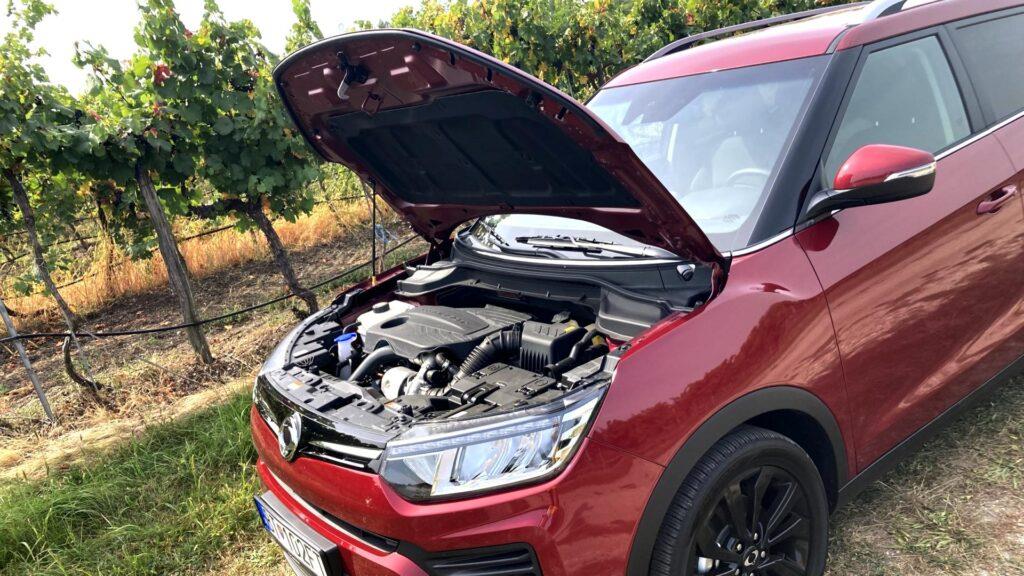
It feels best when used calmly, when it is very quiet and behaves in a cultured manner. At a highway speed of 130 km/h, it spins just under 2,500 revolutions per minute. However, the same cannot be said about the six-speed automatic transmission with a hydrodynamic converter from the Japanese company Aisin, which slightly spoils the impression of the engine.
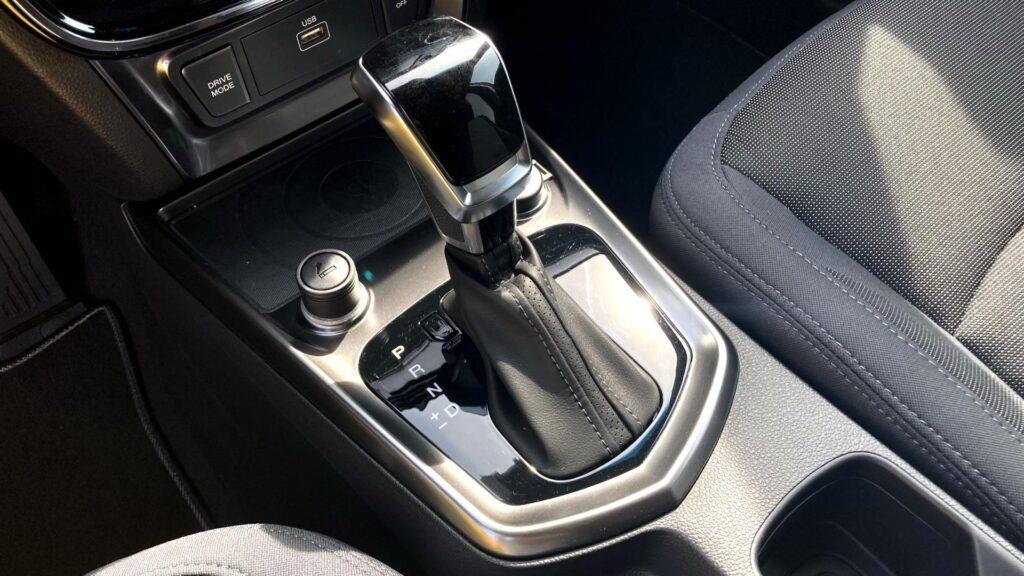
It will give you smooth shifting only if you are very gentle and careful with the gas – otherwise it jerks and jerks and jerks. The worst part is driving at a pace in convoys, where the transmission hesitates when starting faster from intersections and the whole process can be slowed down by the start/stop system, which fortunately can be turned off with a large physical button. Thumbs up for that.

What will surprise you a little is also the consumption. But when you combine the not very aerodynamic shape of the body, a turbo engine without electric assistants and a classic hydro-converter instead of a dual-clutch transmission, you can probably count on it. The average in the test ranged from 9 to 11 liters /100km. The tank, which has a volume of 50 liters, will last you for approximately 500 km.
The Tivoli Grand has a pseudo McPherson suspension at the front and a single axle with a torsion bar at the rear. A multi-element rear axle cannot be ordered here, even for an additional fee. The Grand is thus a pure front wheel, but with off-road functions, such as the hill descent assistant or the Winter mode to adjust the braking behavior of the wheels in low-adhesion conditions. The chassis tuning is very comfortable and the car sways easily on a good road. But it has almost no lateral tilt compensation, so watch out for cornering speeds. Even on worse roads, the shock absorbers work very well. A strong link is also the brakes, which are well dosed.
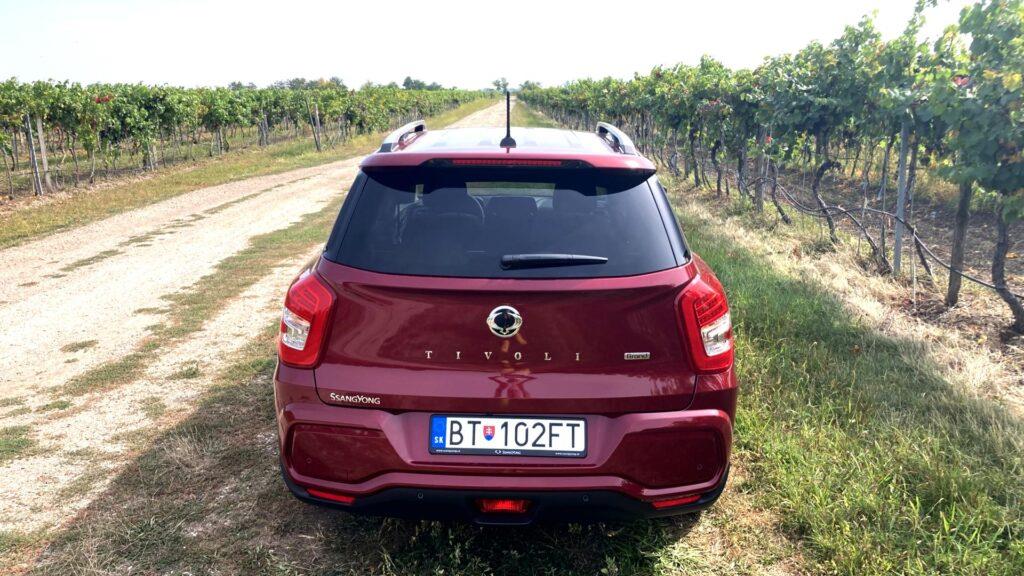
The price of the tested version Tivoli Grand 1.5 Turbo e-XGI Style + SPORT packet + TECH pack + metallic was €21,420 including VAT. However, the Tivoli Grand costs only €16,190 in basic equipment. The equipment is decent, but if you want, for example, 2-zone air conditioning, heating of the front seats and steering wheel, or tinted windows, you have to go for the Style package for €1,250, or go straight for the promotional Style+, which adds to the above:
- Parking distance signaling – rear
- Heated front seats
- Heated steering wheel
- 16″ ALU wheels, 205/65 R16 tires
- Two-zone automatic air conditioning
- Glass with increased tinting "PRIVACY GLASS" (glass in the rear side doors and in the tailgate), Rear spoiler with built-in LED brake light
SsangYong Tivoli Grand is intended for calm drivers who will drive within the limits. They will be surprised by its overall sophistication and rewarded with a smooth ride. For little money, you get a large luggage space and a great family helper even on longer routes. In a beautiful red metallic, it is such a cherry on the market and will always attract attention.
Technical parameters:
| Fuel: | gasoline |
| Engine volume: | 1497 cm3 |
| Maximum power: | 120 kW / 163 hp |
| Maximum torque: | 260 Nm |
| Gearbox: | 6-speed automatic Aisin |
| Wheel drive: | 2WD (front wheel drive) |
| Length Width Height: | 4 480 / 1810 / 1646 mm |
| Ground clearance: | 167 mm |
| Wheelbase: | 2,600 mm |
| Curb weight: | 1,350 kg |
| Volume of the luggage compartment: | 720 l |
| Fuel tank capacity: | 50 l |
| Maximum speed: | 175 km/h |
| Combined consumption: | 7.77 l/100 km (WLTP) |


